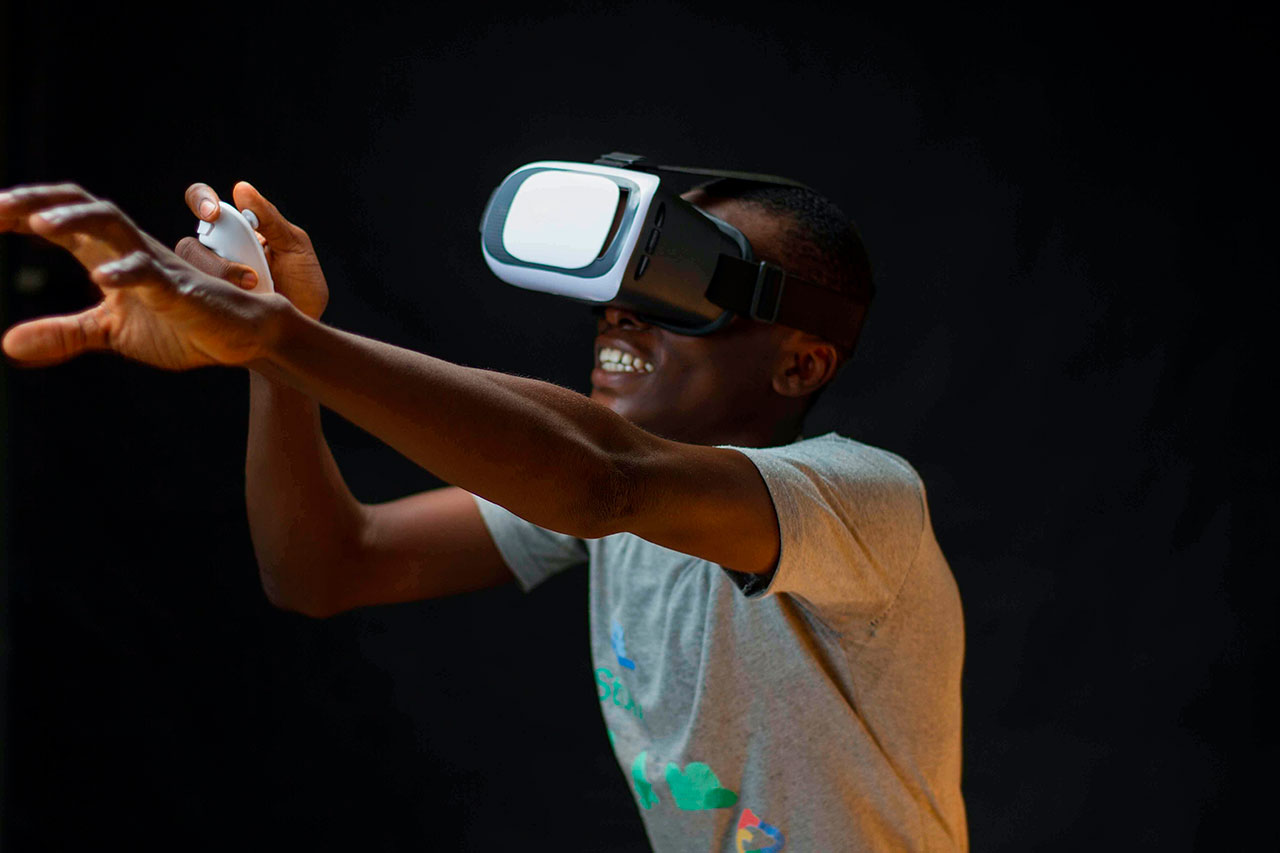The Evolution of Influencer Marketing: Past, Present, and Future

By Kevin Kirby
For the near future, the opportunity to tap into the social tribes of influencers of all types will remain attractive. This article is not going to espouse all the benefits and advantages of that as many published articles do that (and do it better than this author can). Rather, it is this thing called the metaverse - that place where reality and the internet collide – that poses interesting questions for all types of marketing, and influencer marketing is no exception.
Not that long ago, “influencer marketing” was a much misunderstood and often maligned term. It seemed to immediately conjure up an image of Kim Kardashian pouting her high-end brand-painted lips whilst espousing the brand’s magnificence. Naturally, in many quarters, there was a visceral pushback against this type of endorsement. But, much has changed in a very short time. The acceptance of the efficacy of influencer marketing has led to the category becoming a key – and even a core - consideration in media strategy, planning and buying. Budget is now being allocated to influencer marketing from within the overall digital budget which itself is becoming a dominant number on the plan.
1. All good and well then. Just soldier on within the existing paradigm of contracting influencers to create fantastic relatable content from where it can be distributed on the appropriate social media channel. Well, yes, and no.
There is already significant commercial activity taking place within the metaverse and Citi predicts that the metaverse economy will grow to $13 trillion by 2030! Recently, Travis Scott played a 9-minute concert on Fortnite via his Avatar. Consider though that the concert was attended by twelve million people. That is impressive enough but is even more so when put into the context of what the logistics and costs would have been to have put that concert together in real life. There are many other examples of how the metaverse is being capitalised on by brands, including Gucci and more recently Wimbledon’s WimbleWorld. The point is that where commerce is taking place, and more specifically e-commerce in this instance, there is scope for influencer marketing to be relevant. And that’s where it starts to get interesting.
In its current social media form, influencers rely on presenting their points of view on social media. Posts are a static representation of their opinions and remain present for a period with engagement not necessarily occurring in real-time. Within the metaverse though, whilst there will still be opportunities for “static” advertising like billboards within a virtual world, when it comes to influencer marketing there will be some expectation that interactions happen at the moment.

On entering WimbleWorld, for example, your avatar is likely to meet and have a conversation with Andy Murray’s avatar (where he could endorse socks or a brand of a tennis racquet). It is obvious that Andy himself won’t be responding to what could be thousands of simultaneous interactions, and these will likely be limited to automated responses with a bit of AI in the background. It brings into the notion that influencers in the metaverse will not always be real people. Andy Murray is a real person, but the interaction is staged. How this affects the key influencer ingredients of perceived authenticity and relatability will be interesting to observe. It also brings into the prospect that some influencers in the metaverse will only exist within that virtual world with a personality that is in no way correlated with that of their author.
Furthermore, it is fascinating to consider where interaction will end up as the metaverse morphs and evolves. Avatar interaction is set to be integrated with virtual reality and ultimately there will be a morphing of the real world and the virtual world via augmented reality. This becomes more intriguing as we add haptic and other sensory feedback. In theory, it will be possible to walk through a real-life mall complete with sights and sounds with other shoppers, both real and virtual; try on a new pair of shoes through a connected physical device on your end, order, pay, and have them delivered to you – all from the comfort of your home. Perhaps, a macro-influencer will be “placed” in the store steering you to a particular brand, or perhaps a nano-influencer that you have an acquaintance with will “come with you” to the store to show you the pair that they are promoting.
As technology advances, access and ownership of the internet become more democratised, and transactions become more secure, the internet will be more central to everyday life and commerce. Within that, the metaverse is set to be a massive, if not the biggest, component of interaction for people and brands. Influencers/creators can and should, therefore, play a significant role within that environment. Scott Guthrie, Director, Influencer Marketing Trade Body agrees, “It’s communities not companies who hold power on Web3. And it’s creators who can mobilise those communities.” It is in essence an environment that offers a blank canvas for creativity.
The possibilities are boundless – literally.
Find this content useful? Let's connect.
Building real connections with your audience starts with you and theSalt lets chat

Kevin Kirby
Kevin is a seasoned marketing and advertising practitioner with more than 30 years of experience as both media owner and client. He is embedded in the Nfinity Group of Companies which houses SA’s largest influencer marketing group where he performs various support functions.